Yes, yes, I know. You’ve had your fill of David Attenborough’s jeremiads, you’ve heard enough already about climate change catastrophe. You’ve got the message, ordered the electric car and solar panels: now can we talk for a moment about something less unthinkably apocalyptic?
But the quiet triumph of Figures in Extinction [1.0]
Already a subscriber? Log in
Subscribe for just $2 a week
Try a month of The Spectator Australia absolutely free and without commitment. Not only that but – if you choose to continue – you’ll pay just $2 a week for your first year.
- Unlimited access to spectator.com.au and app
- The weekly edition on the Spectator Australia app
- Spectator podcasts and newsletters
- Full access to spectator.co.uk
Or
Unlock this article
You might disagree with half of it, but you’ll enjoy reading all of it. Try your first month for free, then just $2 a week for the remainder of your first year.

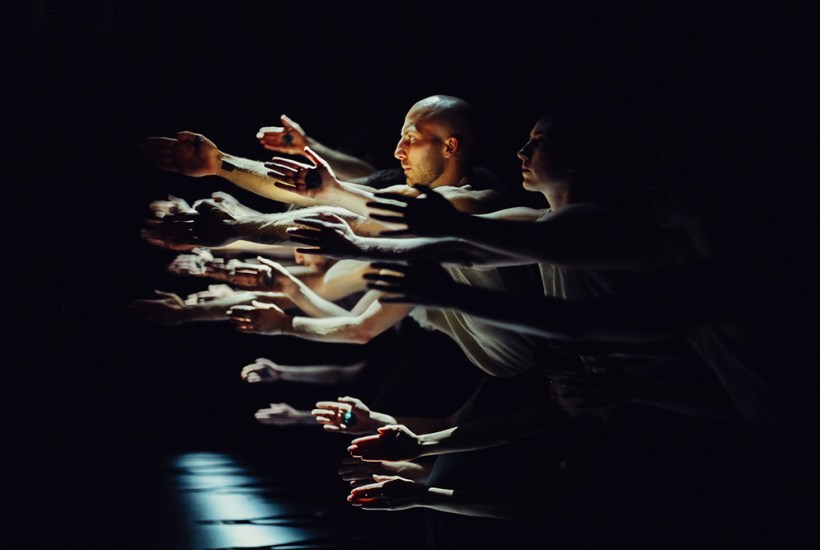
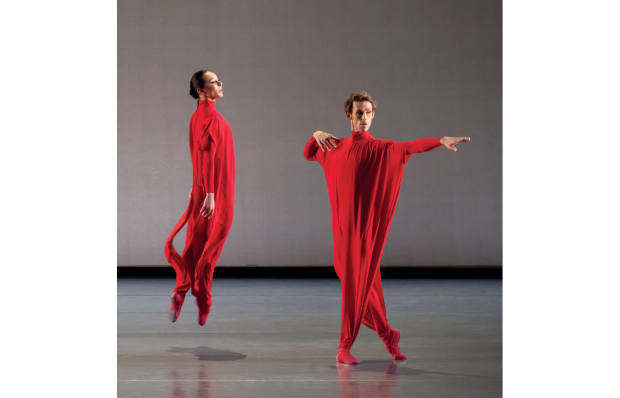
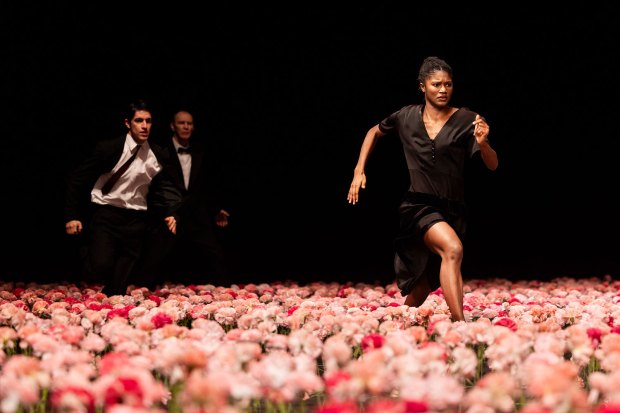
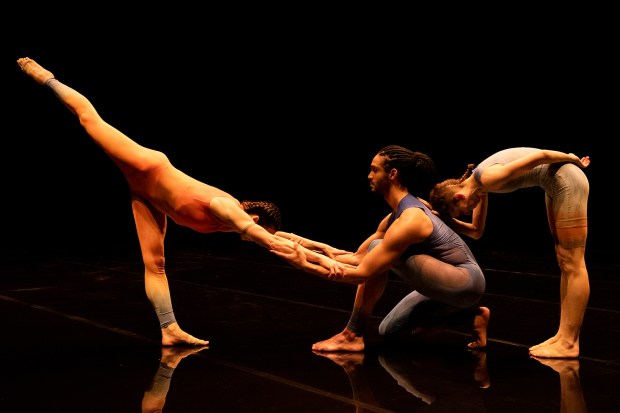
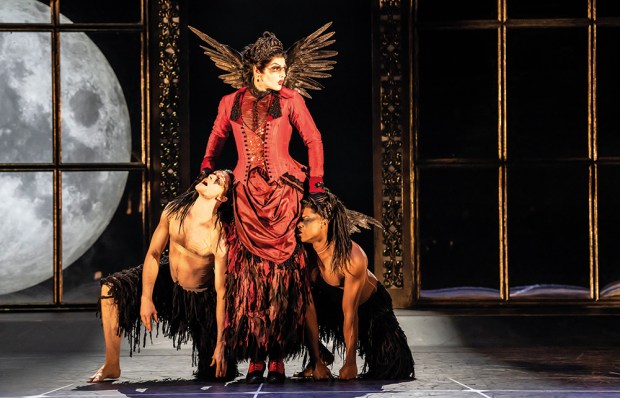
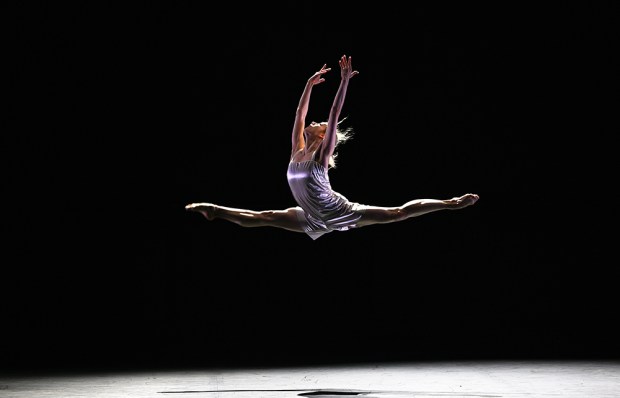
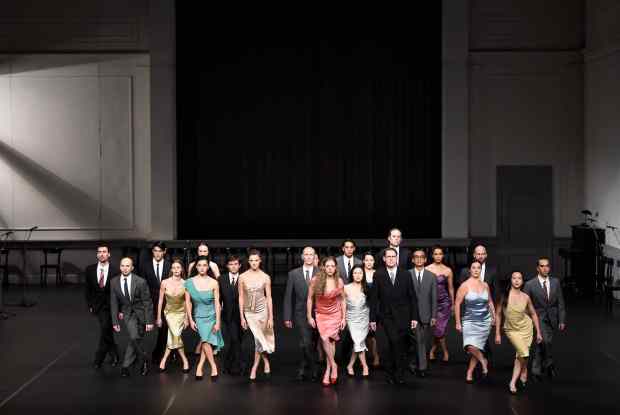






Comments
Don't miss out
Join the conversation with other Spectator Australia readers. Subscribe to leave a comment.
SUBSCRIBEAlready a subscriber? Log in